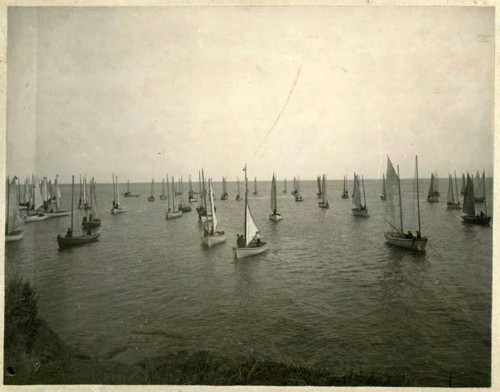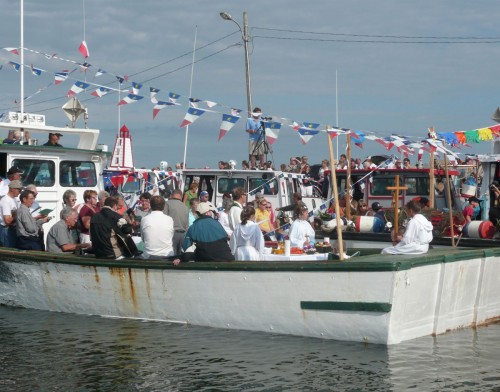The presence of Acadians on Prince Edward Island goes back almost 300 years. The first families arrived in 1720 when the island was a new French colony called Isle Saint-Jean. In 1758, the island fell to the British and most of the Acadian population was deported to France. The majority of the other Acadian inhabitants managed to escape deportation and took refuge on the mainland. A number of years later, several families came back to settle on the island, joining others who had not left in 1758. Most of the Acadians living on the Island today are descendants of these families.
Resettlement proved to be difficult because the island had been divided up into lots that were granted to large British landowners. The Acadians were thus forced to become tenants. In some cases, they were poorly treated by these landowners and their agents. Many families had to move and start clearing the land elsewhere. Eventually they succeeded in putting down permanent roots in various parts of the island: the Rollo Bay area (Kings County), the Rustico area (Queens County), and several areas in Prince County, including the parishes of Tignish, Palmer Road, Bloomfield, Egmont Bay, Mont-Carmel and Miscouche. Until about the 1950s, the majority of Acadians made their living from the land and the sea.





